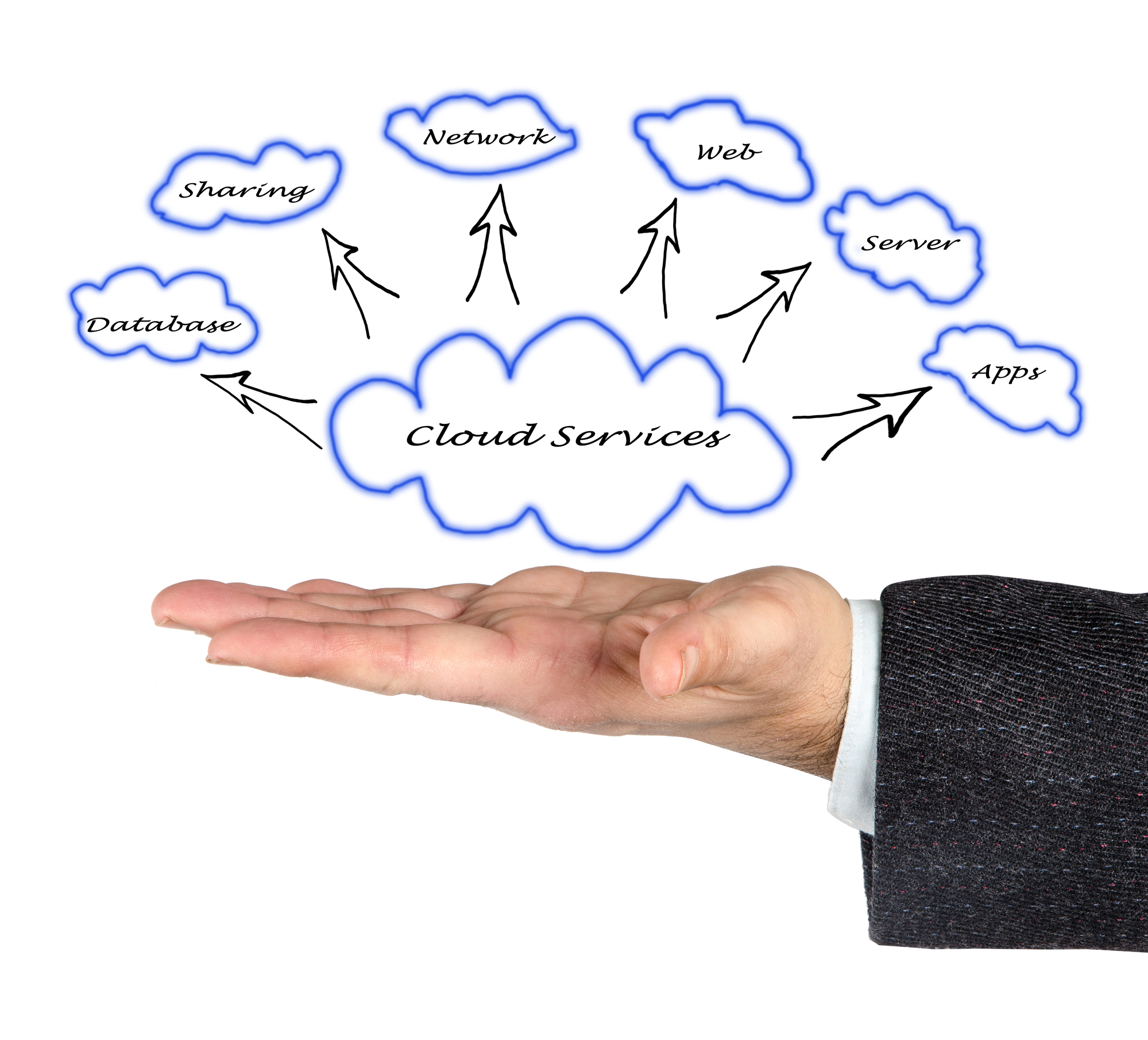Have you ever wondered how cloud computing revolutionizes how we access and utilize technology? Well, let me take you on a journey into the types of services in cloud computing.
In this article, we will explore the different types of services offered by cloud computing and how they transform how businesses operate.
Cloud computing offers a range of services that cater to various needs. One of the most popular and widely used services is Software-as-a-Service (SaaS), which provides scalability, ease of use, and accessibility from any device with an internet connection. This means that you can access your favorite applications and tools from anywhere, anytime.
Another type of service is Platform-as-a-Service (PaaS), which allows customers to build, develop, run, and manage applications using a cloud provider’s environment. This eliminates the need to invest in expensive infrastructure and development tools, saving both time and money.
Infrastructure-as-a-Service (IaaS) is yet another service offering infrastructure resources on a pay-per-use basis. This allows businesses to scale their resources as needed without physical infrastructure.
But that’s not all. Cloud computing also offers different deployment models, including private, public, hybrid, and multi-clouds. Each model offers different levels of control and flexibility, allowing businesses to choose the one that best suits their needs.
So, if you’re curious to learn more about the types of services in cloud computing and how they can benefit your organization, keep reading. We will dive deeper into each of these services and deployment models, exploring their advantages and the considerations to keep in mind.
Get ready to unlock the power of cloud computing and take your business to new heights. Let’s embark on this exciting journey together!
Key Takeaways
- Cloud computing services include SaaS, PaaS, IaaS, and FaaS.
- SaaS is the most popular and widely used cloud computing service, offering scalability, ease of use, and accessibility from any device with an internet connection.
- PaaS allows customers to build, develop, run, and manage applications using a cloud provider’s environment, saving time and money with prebuilt infrastructure and development tools.
- IaaS offers infrastructure resources like storage, servers, and networking on a pay-per-use basis, providing cost savings, scalability, and reliability but requiring more expenditure and reliance on cloud service providers compared to SaaS and PaaS.
What is Cloud Computing?
Cloud computing is the game-changing technology that allows businesses to access and use internet computing services, revolutionizing how we store, process, and manage data. With cloud computing, organizations can reap numerous benefits, including increased flexibility, scalability, and cost savings.
One of the major advantages of cloud computing is its scalability. Businesses can easily scale their computing resources up or down based on their needs, without the need for physical infrastructure upgrades. This allows for agility and responsiveness in meeting changing demands.
Another key benefit is the cost savings that come with cloud computing. By using cloud services, businesses can avoid the upfront costs of purchasing and maintaining hardware and software. They can also reduce the need for in-house IT staff, as the cloud provider manages the infrastructure. This translates to significant cost savings over time.
Data accessibility is another advantage of cloud computing. With cloud services, data can be accessed from anywhere with an internet connection, making collaboration and remote work more seamless. This accessibility also enables businesses to recover their data in case of disasters or cyberattacks, as cloud backup services provide data protection and restoration.
However, it’s important to consider cloud computing security. While cloud providers implement robust security measures, organizations must also take steps to protect their data. Reviewing service level agreements and implementing additional security measures can ensure the safety of sensitive information.
Cloud computing offers significant advantages such as scalability, cost savings, and data accessibility. However, organizations must also prioritize security to fully leverage the benefits of cloud computing.
What are the Different Types of Services in Cloud Computing?
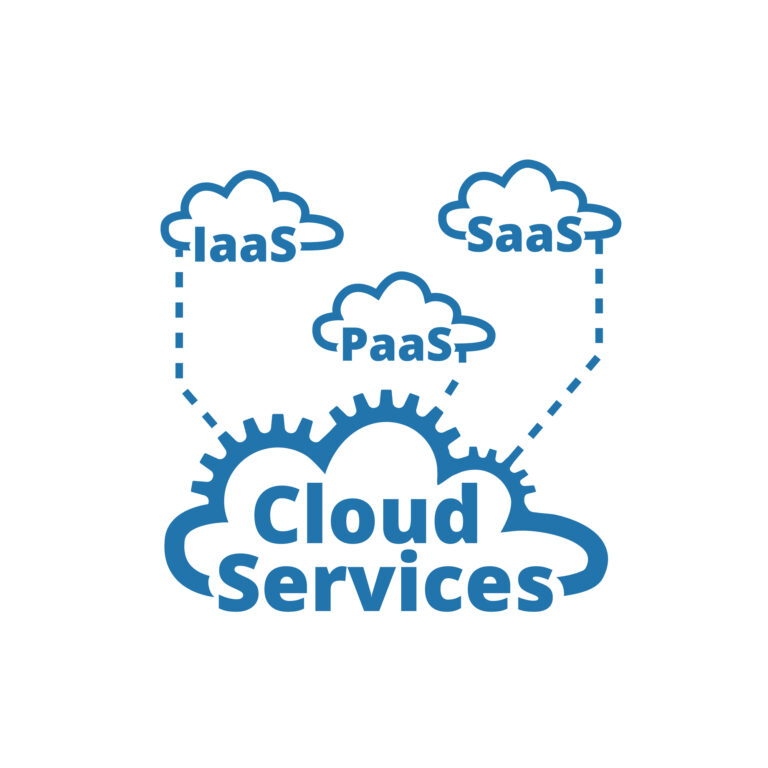
As I delve into the world of cloud computing services, I can’t help but be captivated by the four key players: SaaS, PaaS, IaaS, and FaaS. Each of these services offers unique benefits and functionalities that cater to different needs and requirements.
Whether it’s the scalability and accessibility of SaaS, the time and cost-saving advantages of PaaS, the infrastructure resources provided by IaaS, or the ability to create and manage application packages with FaaS, cloud computing has truly revolutionized the way we build, develop, and operate in the digital era.
SaaS

Imagine having access to a wide range of software applications and tools without the need to install or maintain them yourself – that’s what SaaS offers you. With Software as a Service (SaaS), you can simply access the software online, making it convenient and hassle-free.
Benefits of SaaS:
- Scalability: SaaS allows for easy scalability, so you can adjust your software usage based on your needs.
- Cost-effectiveness: SaaS eliminates the need for expensive hardware and software installations, saving you money.
- Accessibility: SaaS can be accessed from any device with an internet connection, allowing you to work from anywhere.
SaaS vs on-premises software: SaaS eliminates the need for on-premises software installations and maintenance, reducing costs and increasing flexibility.
Top SaaS providers: Some of the top SaaS providers include Salesforce, Microsoft Office 365, and Google Workspace.
SaaS adoption trends: SaaS adoption is rising, with businesses opting for cloud-based solutions for their software needs.
SaaS security measures: SaaS providers implement robust security measures to protect your data, including encryption, user authentication, and regular backups.
PaaS

Get ready to supercharge your application development process with Platform as a Service (PaaS) – it’s like having your own team of developers at your fingertips!
PaaS offers a range of benefits that make it an attractive choice for businesses. Unlike Software as a Service (SaaS), PaaS allows customers to build, develop, run, and manage applications using a cloud provider’s environment. PaaS provides a set of development tools and prebuilt infrastructure, saving time and money. Its scalability allows for easy expansion as your business grows.
PaaS offers a cost-effective solution by outsourcing infrastructure management to a third party when comparing costs. With PaaS, you can focus on developing your applications without worrying about hardware maintenance or software updates.
So, why wait? Take advantage of PaaS and take your application development to new heights!
IaaS

Revolutionize your infrastructure management and elevate your business to new heights with the power of Infrastructure as a Service (IaaS).
Businesses need a scalable, cost-effective solution to manage their IT infrastructure. That’s where IaaS comes in. With IaaS, you can say goodbye to the hassle of managing physical servers and hardware. Instead, you can focus on what matters – growing your business.
IaaS offers a reliable and secure service, ensuring that your data is protected and your applications are always available. However, addressing security concerns is important when using third-party cloud service providers. Reviewing service level agreements and implementing proper security measures will help mitigate these risks.
Additionally, the benefits of a multi-cloud approach cannot be overlooked. By leveraging multiple cloud service providers, you can optimize costs, minimize the risk of downtime, and meet varying business needs.
Embrace the power of IaaS and take your business to new heights.
FaaS
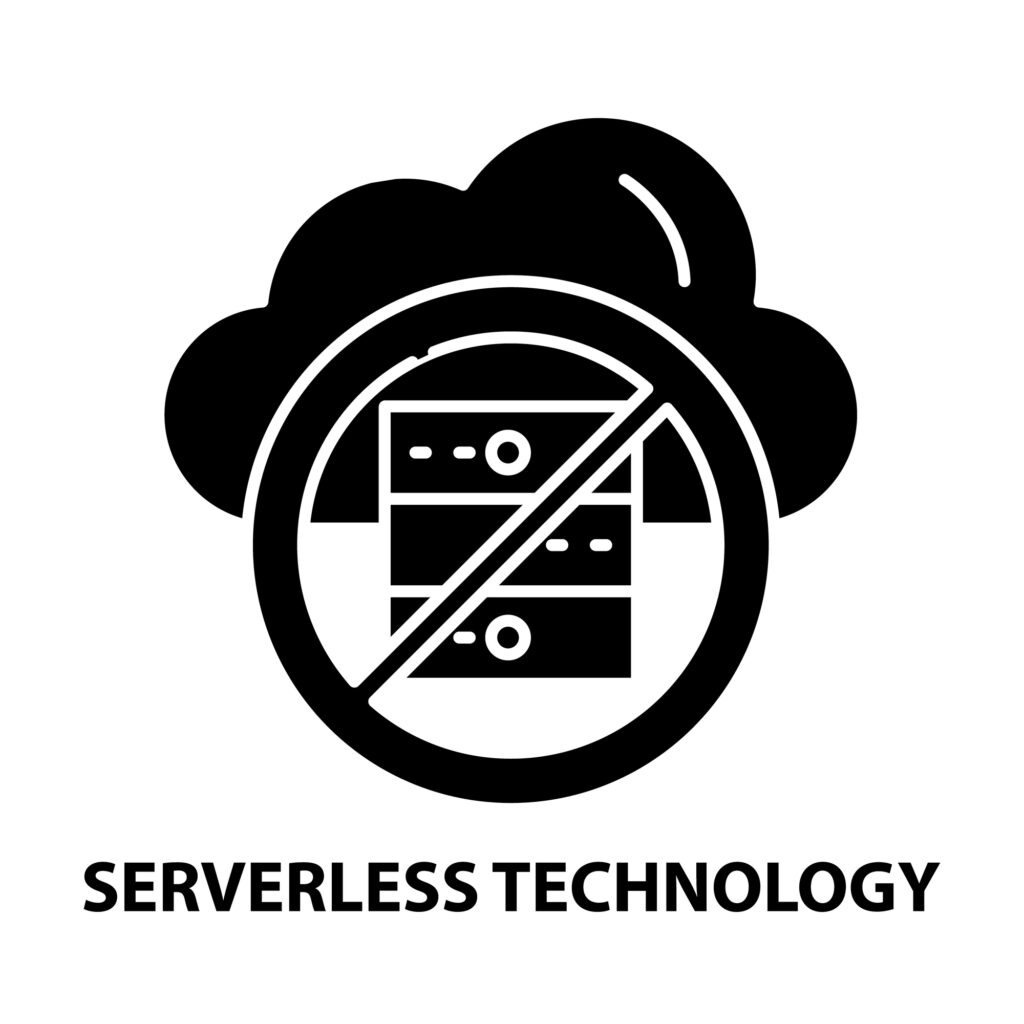
Embrace the limitless potential of Function as a Service (FaaS) and witness its transformative impact on your application development and management. FaaS, also known as serverless computing, offers numerous advantages.
With FaaS, you can focus solely on writing and deploying code without worrying about server management. This frees up time and resources, allowing for faster development and deployment cycles. Additionally, FaaS provides automatic scaling, ensuring optimal performance and cost efficiency.
However, FaaS also has its limitations. It is best suited for short-lived, event-driven applications and may not be suitable for long-running or resource-intensive tasks. Implementing FaaS can pose challenges, such as vendor lock-in and security concerns.
Comparatively, traditional application development requires more infrastructure management and can be less scalable. FaaS is a game-changer in application development, offering increased agility, reduced costs, and simplified management.
What are the Types of Deployment Models in Cloud Computing?
When it comes to deploying cloud computing services, several options exist.
Public clouds offer shared IT infrastructure among multiple users, while private clouds are dedicated to a single user or group.
Hybrid clouds combine public and private clouds, allowing data to be seamlessly moved between the two.
Organizations can also opt for a multi-cloud approach, which involves using a mix of cloud services from different providers.
Moreover, cloud disaster recovery services are essential for ensuring business continuity in the event of a disaster or cyberattack.
Public Cloud
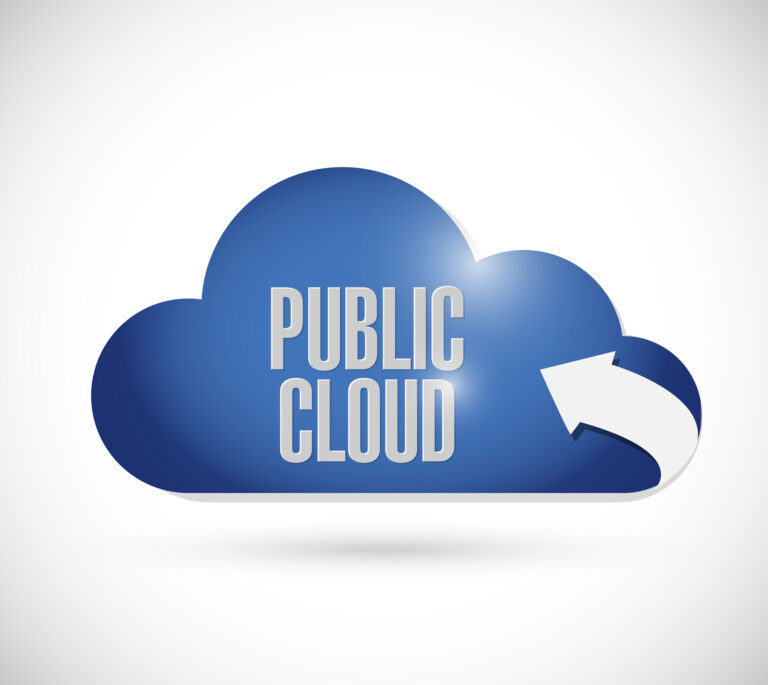
Public cloud services allow organizations to access and utilize IT infrastructure and resources that they don’t own or manage. This provides a cost-effective and scalable solution for their computing needs.
With public cloud, businesses can take advantage of several benefits:
- Flexibility: Public cloud offers the flexibility to scale resources up or down based on demand. This allows organizations to adapt quickly to changing needs.
- Cost savings: Public cloud eliminates the need for expensive hardware and infrastructure investments, reducing upfront costs. It also provides a pay-as-you-go pricing model.
- Security: Public cloud providers implement robust security measures to protect data and ensure compliance with industry standards.
- Wide range of providers: There are numerous public cloud providers to choose from, such as Amazon Web Services (AWS), Microsoft Azure, and Google Cloud Platform. This allows organizations to select the provider that best fits their specific requirements.
- Competitive pricing: Public cloud providers often offer competitive pricing plans, making it affordable for businesses of all sizes to access enterprise-grade IT resources.
Private Cloud

One of the key advantages of a private cloud is that it provides organizations with complete control over their IT infrastructure and resources.
Unlike a public cloud, which is shared among multiple users, a private cloud is dedicated to one end user or group. This means that organizations can customize and configure their private cloud to meet their specific needs and requirements.
Additionally, private clouds offer enhanced security measures, as the infrastructure is not shared with other users. This can be especially important for organizations with sensitive data or strict compliance requirements.
While private clouds may require more upfront investment and maintenance compared to public clouds, the benefits of increased control and security make it a preferred choice for many organizations.
When comparing the cost of private cloud implementation to public cloud services, it’s important to consider factors such as scalability, data storage requirements, and long-term cost projections.
Hybrid Cloud
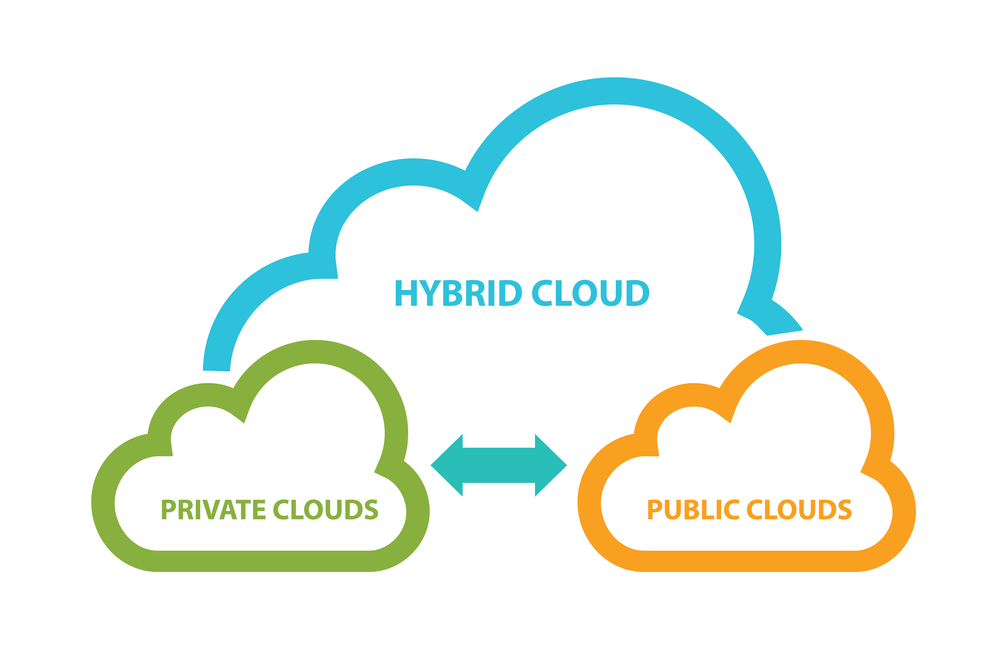
Hybrid cloud environments have become increasingly popular among organizations seeking to optimize their IT infrastructure and balance the benefits of both public and private cloud solutions. The following are some key points to consider when implementing and managing a hybrid cloud environment:
Benefits of hybrid cloud:
- Flexibility: Organizations can leverage the scalability and cost-effectiveness of public cloud services while retaining control over sensitive data with a private cloud.
- Security: Hybrid cloud allows organizations to keep critical data on-premises while still benefiting from the robust security measures provided by public cloud providers.
- Cost optimization: By using a combination of public and private cloud resources, organizations can optimize costs based on their specific needs.
Challenges of implementing hybrid cloud:
- Complexity: Managing and integrating resources across different cloud environments can be challenging and require expertise in multiple technologies.
- Data management: Ensuring seamless data movement and synchronization between public and private clouds can be complex and require careful planning.
- Compliance: Meeting regulatory and compliance requirements across different cloud environments can be challenging and requires careful consideration.
Hybrid cloud vs. public cloud:
- Hybrid cloud balances the flexibility and cost-efficiency of public cloud solutions and the control and security provided by private cloud solutions.
- Public cloud solutions are typically more scalable and cost-effective for non-sensitive workloads, while hybrid cloud provides a more secure and controlled environment for sensitive data.
Hybrid cloud vs. private cloud:
- Hybrid cloud combines the benefits of both public and private cloud solutions, allowing organizations to leverage the scalability and cost savings of public cloud while maintaining control over critical data.
- Private cloud solutions provide complete control over data and infrastructure but may lack the scalability and cost-efficiency of public cloud solutions.
Best practices for managing hybrid cloud environments:
- Data classification: Classify data based on its sensitivity and regulatory requirements to determine which data should be stored in private or public cloud environments.
- Integration and interoperability: Implement robust integration strategies to ensure seamless communication and data synchronization between different cloud environments.
- Security and compliance: Implement strong security measures and regularly audit and monitor compliance across all cloud environments.
- Automation and orchestration: Utilize automation and orchestration tools to simplify the management of resources across different cloud environments.
- Regular evaluation and optimization: Continuously evaluate the performance and cost-effectiveness of the hybrid cloud environment and make necessary adjustments to optimize resource utilization.
Multi-Cloud
With businesses increasingly seeking flexibility and cost optimization in their IT infrastructure, organizations are turning to a multi-cloud approach to meet their diverse needs. Adopting a multi-cloud strategy allows businesses to leverage the strengths of different cloud service providers and minimize the risk of downtime and data loss.
One of the advantages of a multi-cloud setup is the ability to select the most suitable cloud provider for each specific workload or application. This flexibility ensures that businesses can meet varying performance, scalability, and cost requirements. However, managing a multi-cloud environment can pose challenges in terms of complexity and integration.
To overcome these challenges, organizations should establish best practices for managing their multi-cloud deployments. This includes implementing a centralized management system, ensuring interoperability between different cloud platforms, and regularly reviewing and updating security measures.
Cost optimization strategies for multi-cloud deployments involve carefully monitoring and managing resource usage, leveraging automation tools, and negotiating favorable pricing agreements with cloud providers. By considering these factors and implementing effective management practices, businesses can fully harness the benefits of a multi-cloud approach while mitigating potential risks.
Cloud Disaster Recovery Services

Ensure that you have a reliable cloud disaster recovery solution in place, so you can rest easy knowing that your valuable data is protected and quickly recoverable in the event of a catastrophic event.
Cloud backup solutions are an essential component of a comprehensive disaster recovery plan. They provide data protection and restoration capabilities, safeguarding your information from potential disasters or cyberattacks.
Additionally, cloud hosting benefits such as scalability and accessibility make it an ideal choice for disaster recovery. As organizations increasingly adopt cloud computing, cloud service revenue growth continues to rise.
However, cost optimization is a key consideration when implementing cloud disaster recovery. It’s important to carefully assess and compare different service providers to find the most cost-effective solution.
Security is also a crucial factor in cloud computing. Reviewing service level agreements and ensuring compliance with industry standards can help mitigate potential risks and protect your data in the cloud.
Frequently Asked Questions
What Are The Benefits Of Using Multiple Cloud Service Providers?
Using multiple cloud service providers offers several benefits.Iit allows for cost savings as organizations can choose the most cost-effective services from different providers.u003Cbru003Eu003Cbru003ESecondly, it provides improved flexibility by enabling the use of different platforms and technologies.u003Cbru003Eu003Cbru003EAdditionally, multiple providers offer increased scalability, allowing businesses to adjust their resources based on demand easily.u003Cbru003Eu003Cbru003EMoreover, leveraging multiple providers enhances performance by distributing workloads.u003Cbru003Eu003Cbru003ELastly, it mitigates the risk of downtime and data loss by reducing reliance on a single provider.u003Cbru003E
How does FaaS differ from other types of cloud computing services?
Function as a Service (FaaS), also known as serverless computing, is a unique type of cloud computing service that differs from other models. With FaaS, developers can create and manage application packages as individual functions, eliminating the need to manage servers or infrastructure.u003Cbru003Eu003Cbru003EThis serverless architecture allows for event-driven programming, where functions are executed in response to specific events. FaaS provides a highly scalable and cost-effective solution, as resources are allocated dynamically based on demand.u003Cbru003Eu003Cbru003EThis approach simplifies development and deployment, making it an efficient choice for building and running applications in the cloud.
What are the potential risks and challenges of using IaaS?
Using IaaS (Infrastructure as a Service) can bring several risks and challenges.u003Cbru003Eu003Cbru003EOne major concern is data security, as organizations must trust their cloud service provider to u003Ca class=u0022wpil_keyword_linku0022 href=u0022https://www.zzservers.com/how-to-mitigate-insider-threats-before-they-cause-catastrophic-damage/u0022 title=u0022protect sensitive informationu0022 data-wpil-keyword-link=u0022linkedu0022u003Eprotect sensitive informationu003C/au003E.u003Cbru003Eu003Cbru003EAnother challenge is vendor lock-in, where it becomes difficult to switch providers due to dependencies on specific technologies.u003Cbru003EScalability issues can arise if the infrastructure doesnu0027t meet the organizationu0027s growing demands.u003Cbru003Eu003Cbru003ELack of control over the underlying infrastructure can also be a challenge.u003Cbru003Eu003Cbru003ELastly, cost management can become complicated if instances arenu0027t shut down promptly, resulting in unexpected expenses.
Can you explain the concept of hybrid cloud environments in more detail?
Hybrid cloud architecture combines the benefits of both private and public clouds, allowing organizations to leverage the strengths of each. It offers flexibility in workload placement, scalability, and cost optimization.u003Cbru003Eu003Cbru003EWith hybrid cloud deployment, organizations can choose where to store and process their data based on security, performance, and compliance requirements.u003Cbru003Eu003Cbru003EHybrid cloud management involves orchestrating resources across multiple cloud environments. However, hybrid cloud security requires robust measures to protect data and ensure compliance with regulations as data moves between different cloud networks.
How does multi-cloud help organizations minimize downtime and data loss?
Multi-cloud environments have a significant impact on scalability and flexibility for organizations. By leveraging multiple cloud providers, businesses can distribute their workloads and data across different platforms, reducing the risk of downtime and data loss.u003Cbru003Eu003Cbru003EStrategies such as seamless data migration and integration tools ensure smooth transitions between cloud providers. Case studies on successful multi-cloud implementations showcase the benefits and best practices for managing security and compliance in this complex environment.u003Cbru003Eu003Cbru003EKey considerations for selecting the right combination of cloud providers include evaluating their capabilities, pricing, and reliability.
Conclusion
In conclusion, cloud computing offers a wide range of services that cater to the diverse needs of organizations. Each service provides unique benefits and functionalities, from the popular Software-as-a-Service (SaaS) to the dynamic Function-as-a-Service (FaaS).
Additionally, the different deployment models, such as private, public, hybrid, and multi-clouds, offer varying levels of control and flexibility. As organizations strive for cost optimization and risk minimization, adopting multi-cloud approaches becomes increasingly prevalent.
Cloud computing continues revolutionizing businesses’ operations, empowering them with scalability, accessibility, and efficient resource management.
Ready to unlock the full potential of cloud computing for your business? From SaaS to IaaS, PaaS, and FaaS, the world of cloud services is vast and full of opportunities. At ZZ Servers, we’re here to help you navigate this landscape and find the perfect cloud solutions tailored to your unique needs. Our team of experts can guide you through the complexities of cloud computing, helping you transform how your business operates. Don’t let the cloud be a mystery any longer. Contact us today, and let’s embark on this exciting journey together. Your future in the cloud starts with ZZ Servers!
